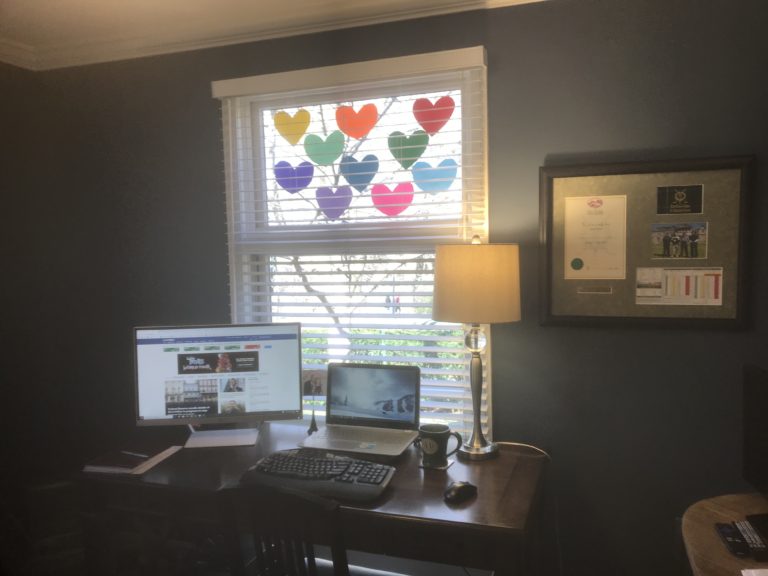
If it weren’t for the fact that it represents real wealth, it would be nothing short of fascinating how the market reflects its human participants – in all of our enterprising glory as well as all of our quirky behavioral foibles, including herd mentality. The current climate provides a picture-perfect illustration of the latter, in which a run of trades begat a larger run of trades.
That’s a fancy way of explaining the panic by saying, “Who knows?” The global news hasn’t really changed all that much. All of the social, political and economic promises and threats that existed yesterday still exist in approximately equal measure at this time. There have been no asteroid crashes. So why is it that the market, in its collective wisdom, chose the beginning of this year to stage such a significant decline?
Even a brief scan of the financial news headlines yields any number of plausible explanations and a plethora of predictions on what is to come next. The truth is, we don’t know. Nobody knows. Whatever is about to unfold – or not – does not change our recommended strategy for your investments.
We know it can be painful and hard, but with reason as your guide, as scary as headline news may be, market drops also serve as excellent, real-life illustrations of a message we’ve shared many times before: Withstanding market risk when it actually appears is easier said than done.
And yet, withstand the risk we must do – together – because it’s exactly this type of market risk that we have deliberately built into your portfolio, and globally diversified among stocks and bonds alike, in pursuit of achieving the expected returns defined within your personal Investment Policy Statement.
There are several problems to the alternative of succumbing to herd mentality and reacting to the bad news with active trades:
- By the time you’re aware of good or bad news, the rest of the market knows it too, and already has incorporated it into existing prices.
- It’s unexpected news that alters future pricing, and by definition, the unexpected is impossible to predict.
- Any trades, whether they work or not, cost real money.
Rather than try to play an expensive game based on information over which we have little control, we continue to recommend investing according to market factors that we can expect to control, such as:
- Minimizing costs
- Forming an investment plan to guide your way – and sticking with that plan
- Capturing returns available by participating in expected long-term market growth
- Maintaining diversified holdings to dampen market risks
We may have told you this before, but it bears repeating whenever market risk resurfaces. Stick to your long-range plans – or work with us to deliberately revisit them if those plans no longer meet your personal goals. If we can help you further analyze current market conditions, or review or clarify your own investment plans, please let us know. We are here for you.
We would love to invite you to learn more about Hiley Hunt Wealth Management and who we serve in Omaha, NE –Financial Planning and Investment Management.




